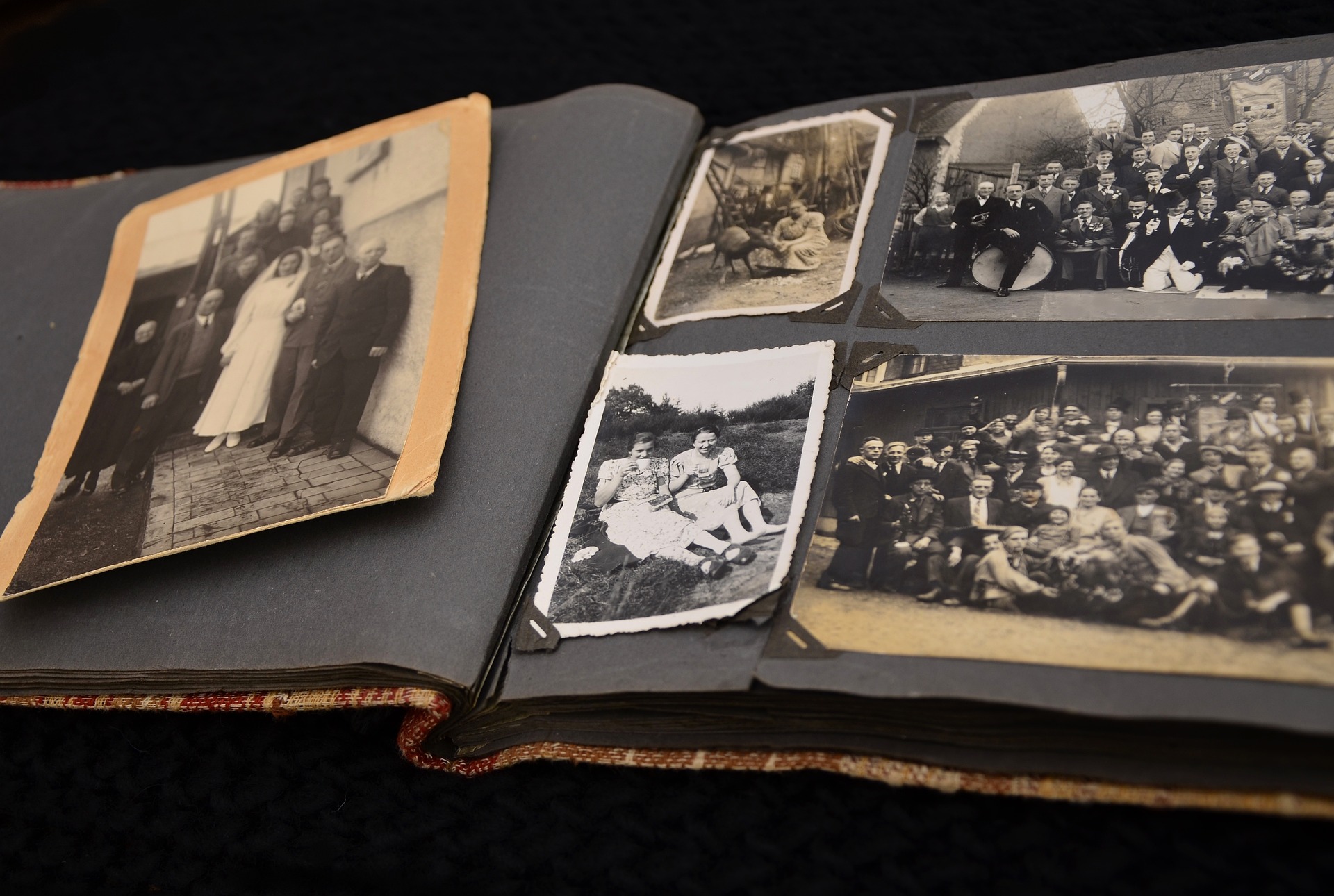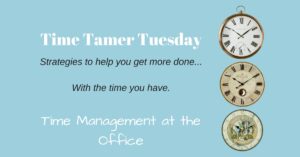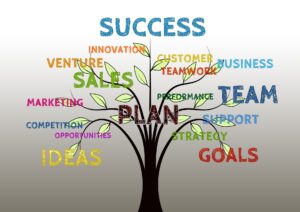 When Life throws us rough waters, we may need to step away or take a break from our business for a short time. An annual plan can support you to get back on course faster and easier.
When Life throws us rough waters, we may need to step away or take a break from our business for a short time. An annual plan can support you to get back on course faster and easier.
Life’s Hiccups
They say that Life is what happens when you are busy making other plans.
It might be events over which you have no control. Or the consequences of something you did or decided days, weeks or months ago.
Maybe you aren’t getting the business results you had hoped for and you don’t know why.
Perhaps the weather has you down or a relationship or loved one needs your attention.
Or, as I sometimes say, “The moon may simply be sitting on the wrong side of the sky today”.
Regardless of the reason, when Life turns calm waters to rough, we have to respond.
Take a Break
Stepping away or stepping back may be the best solution. Rough waters may mean a timing change or detour from your plan. If the original plan didn’t work out, stepping back to reassess can provide insight.
When an expected result shows up, slowing things down to check your assumptions can lead to a better decision and better result the next time.
If and when you are tired, anxious or find yourself not eating or sleeping well, taking a step back may provide your body and mind a rest it needs. Taking a short break gives you time to refresh. You will return able to make better decisions and more resilient to challenges.
Have a Plan
When you have an annual plan, coming back after a short break goes smoother. Recovery is faster.
When the seas get rough, don’t change the goal, change the strategy.
A good annual plan has a four steps to help you step out of your comfort zone, step up to the work, step in to the tasks and step through the inevitable challenges.
 Step one is a compelling vision that keeps you focussed and reminds you of why you are pursuing goals in the first place. Next the plan needs a break down of the year to show where the revenue opportunities sit and where the expense obligations lie. Step three is a set of detailed process and outcome goals by quarter and month to identify what work needs to be done and when. Final step is a set of tools to which you can resort when the procrastination, perfectionist, and fear of failure – or success – gremlins show up.
Step one is a compelling vision that keeps you focussed and reminds you of why you are pursuing goals in the first place. Next the plan needs a break down of the year to show where the revenue opportunities sit and where the expense obligations lie. Step three is a set of detailed process and outcome goals by quarter and month to identify what work needs to be done and when. Final step is a set of tools to which you can resort when the procrastination, perfectionist, and fear of failure – or success – gremlins show up.
With this four step plan in place returning from a break will keep you focussed on your compelling vision and why it is important. The goals don’t change; the timing may need to be adjusted. It’s easier to get back on course even if a detour or delay was necessary.
Taking a break is sometimes the smartest solution when life churns the seas and unexpected challenges show up. With a solid plan getting back on track is faster and easier.






























 I had a feeling this would be quite a week. Last week was National Procrastination Week. The daylight savings switcheroo always creates a hiccup. St. Patrick’s Day and Small Business Development Day are both March 17. March 20 brings in the first day of spring. Meanwhile, Twitter Day is March 21 and Passover and Easter are right behind. So naturally, it was time to write about planning and luck and their relationship.
I had a feeling this would be quite a week. Last week was National Procrastination Week. The daylight savings switcheroo always creates a hiccup. St. Patrick’s Day and Small Business Development Day are both March 17. March 20 brings in the first day of spring. Meanwhile, Twitter Day is March 21 and Passover and Easter are right behind. So naturally, it was time to write about planning and luck and their relationship.



